During this brief blog I will consider the future of the head gear that you may have seen or tried at conferences and forums. There are now plenty of competing platforms of visually immersive systems that you can wear on your head and that will give you, for better or worse, some kind of virtual experience. I want to discuss what, in my opinion, is going to be useful in 2018 for the construction (or manufacturing) industry in relation to BIM. I will focus on the three main players; the Oculus rift, HTC Vive and HoloLens by Microsoft.
If you would like to look at the figures on VR and AR and how they are reacting in the industry then Greenlight insights are an independent company who solely look at and analyse how the technology is developing > https://greenlightinsights.com/industry-analysis/
Another great website for staying connected to up to date figures on the VR/AR tech is CSS Insight > http://www.ccsinsight.com/
Onto some content…!
Oculus:
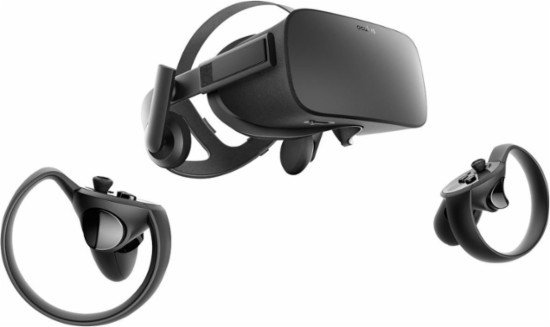
HTC Vive:
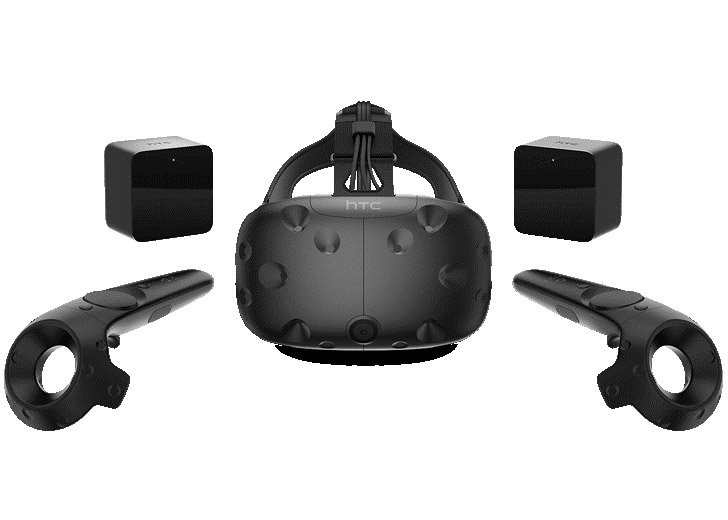
VR
The two main players in the VR world are HTC Vive and Oculus Rift. Typically HTC is great for static use, set up in a dedicated space. Oculus on the other hand is a little more mobile and can be set up with ease in smaller spaces and in a shorter time. They both have pros and cons but I won’t delve too much into why one is better than the other, it’s been done to death and they are both great in their own right and are both currently being used on live projects in the construction industry.
VR in my opinion is a fantastic experience and can teleport you into a world that is so realistic, I have seen people try to use a virtual table to put their controllers on, clap controllers together because they think they are their hands, fall over as they fly and some pretty aggressive loss of inhibitions when it comes to dancing in a room full of people.
All this is great but it is being experienced by one person and in the world of collaboration and BIM this is counter intuitive. So is VR a solution or not?
Holodeck – currently in development and designed to turn a VR headset into a new connected world that individuals can step into to inspect designs. Practices can put on the VR headsets, load up their models while other users (with headsets) anywhere in the world can join in as avatars to point, talk, pull, prod and interrogate a design.
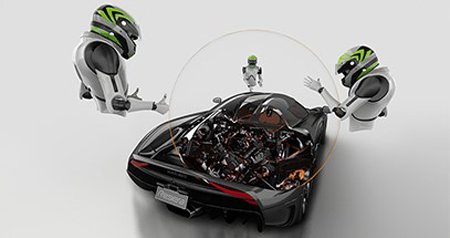
https://www.nvidia.com/en-us/design-visualization/technologies/holodeck/
This kind of interaction already exists with some games in the oculus (rec room) so is not new, however the opportunity to interact in this way for me, with building models, is invaluable and will be a game changer in communication during a project. Using the immersive and engaging nature of VR to include everyone in the design process is instrumental in noticing problems early on in a project. With this process anyone, and I mean anyone, can understand the design intent (I’m thinking of a janitor who might like his cupboard a certain way). So for me, this will be an important technology to watch as VR become more accessible to industries.
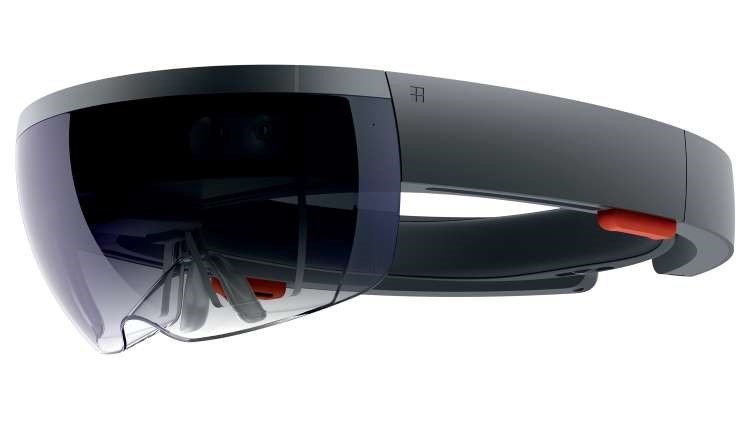
HoloLens
AR – The main AR technology being used is the HoloLens. If you haven’t tried them out but have seen the marketing videos you might be led to believe a tiger could maul you in your living room. In reality, the field of view is poor and this affects the experience negatively.
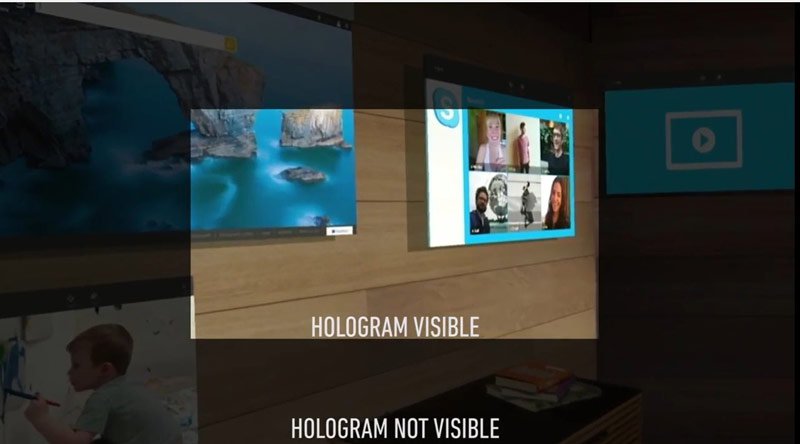
The HoloLens field of view is planned to be doubled by Microsoft within the next two years which may make it a decent contender against the main players in VR. It will allow interaction with models with others in the room and the human aspect isn’t lost, you can still see other reactions, point things out, write things down if you need to. It will also mean that interacting with the model will be easier. The technology is a few years off being viable for use within the industry in my opinion. Some of the other pros are that all the power is in the headset so you don’t need an expensive machine to run it like VR (that being said if you tally totals they are around the £3000 mark for the oculus, HTC and HoloLens).
So to sum up, VR is a winner at the moment and probably in 2018 for use on live projects, it has the infrastructure and compatibility with products to allow easy use. But 2018 is looking like an exciting year for the virtual and augmented world. There is still some way to go but looking at the rate of uptake and investment for AR and VR, it is going to get even more interesting.
